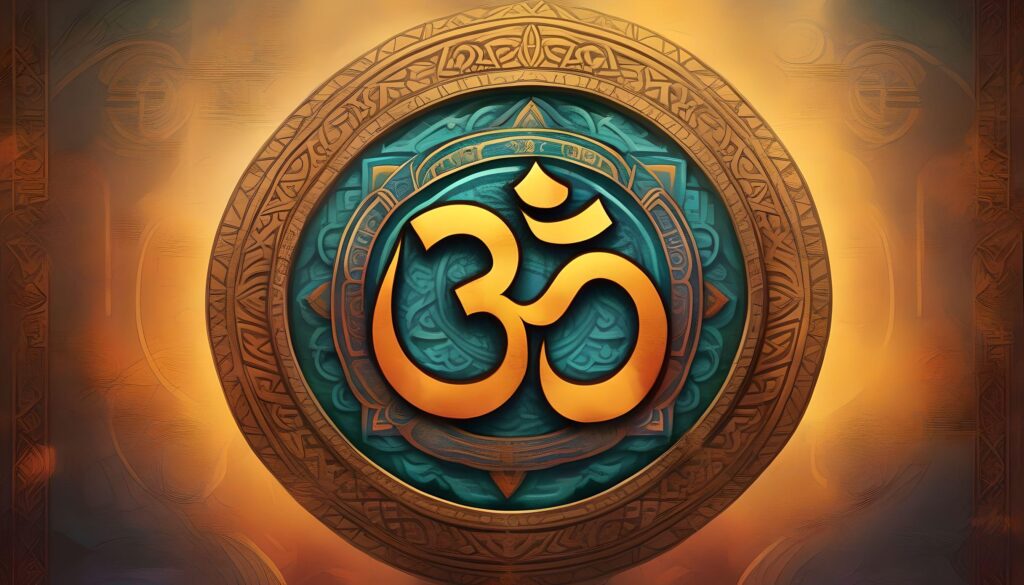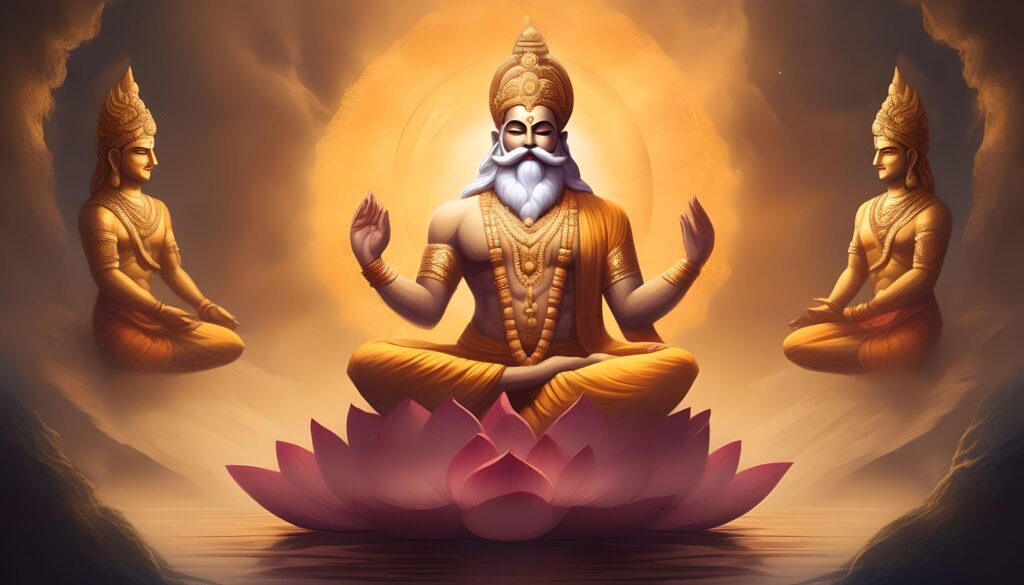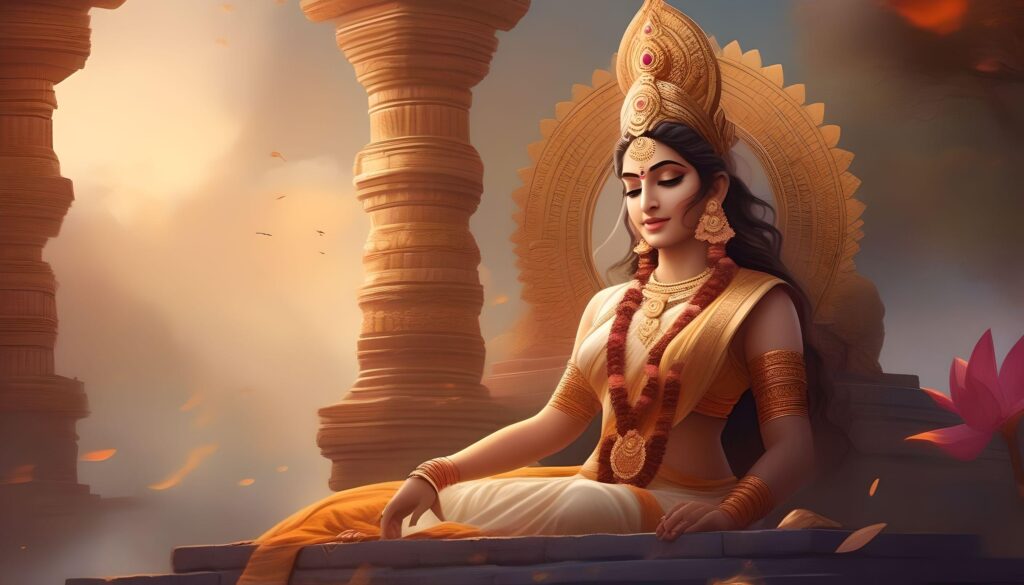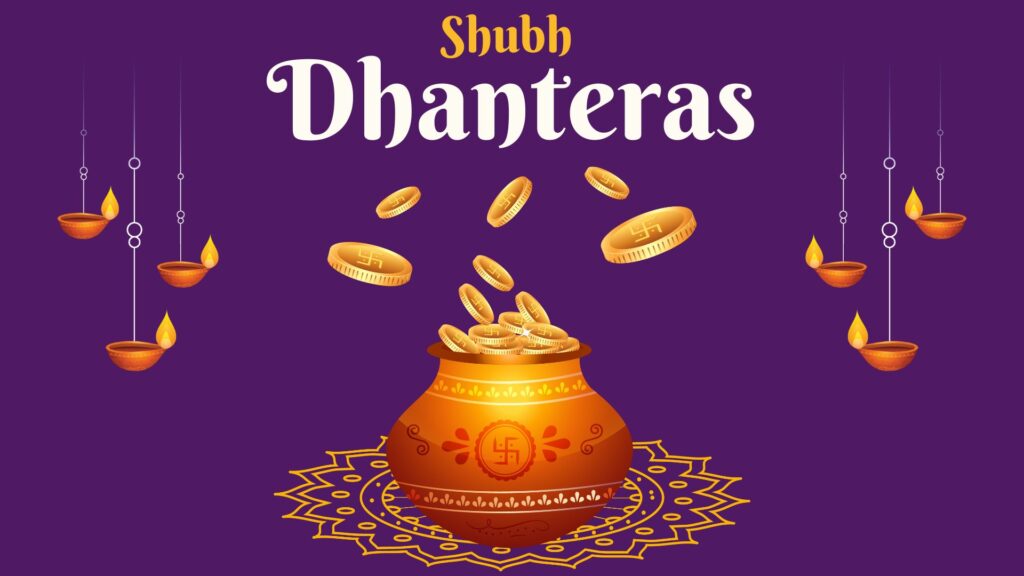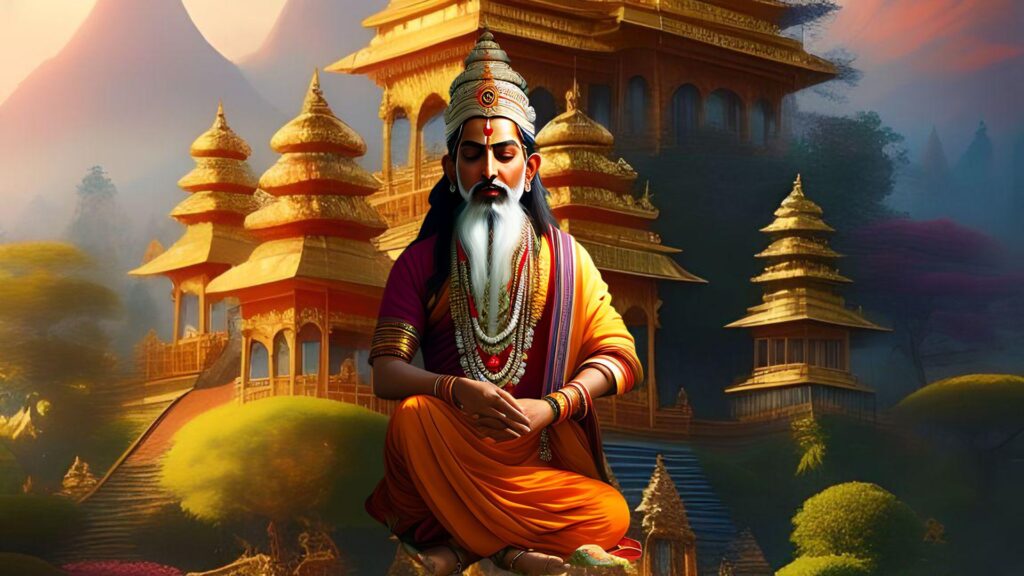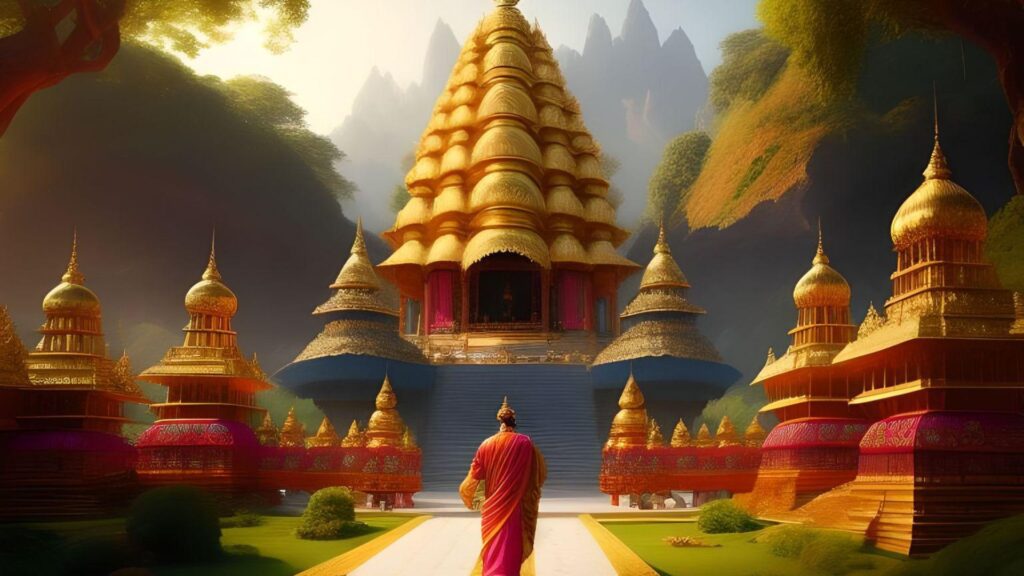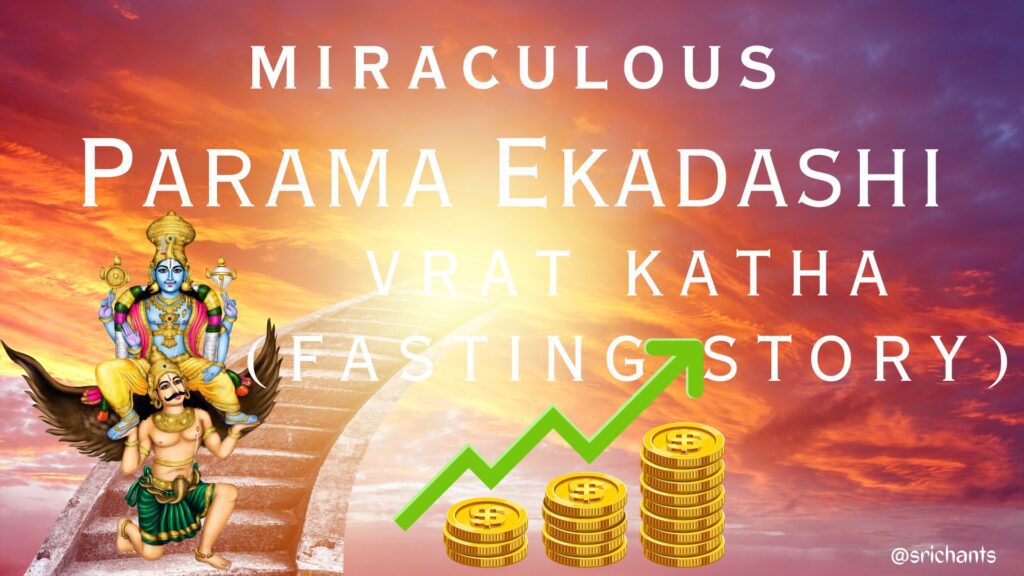Shakti: Exploring the Worship of Devi
Shaktism, an auspicious and profound sect of Hinduism, is centered on the veneration of Shakti, alternatively referred to as Devi. As the supreme manifestation of divinity, Devi is venerated in her many incarnations as the feminine principle of the divine. This article will examine the philosophy, practices, origins, and significance of Shaktism, as well as the goddess’s various manifestations.
Early Origins of Shaktism
The roots of Shaktism can be traced back to ancient times. Archaeological findings suggest that the worship of the Mother Goddess can be dated back to the Upper Paleolithic period, around 20,000 B.C.E. The figurines and stones discovered during excavations indicate the presence of a goddess-centric culture even in those early times. The worship of the goddess continued to evolve and flourish during the Indus Valley Civilization, where the female divine held an elevated position in society.
Philosophical Development of Shaktism
The Vedas and Upanishads
During the Vedic period, the veneration of numerous deities emerged. Regarded as the embodiment of infinity, Aditi was venerated as the Vedic Mother of the Gods. Additional deity forms, including Prithvi and Usas, were also referenced in the Vedic texts. In comparison to the Vedas, the deities received comparatively less emphasis in the Upanishads. Conversely, the Kena Upanishad recounts a narrative in which the celestial being Uma manifests herself as the fundamental nature of Brahman, which is considered the pinnacle of reality.
The Epic Period
Throughout the Age of the Epics, the veneration of the deity became increasingly significant. The Mahabharata, specifically, alludes to the veneration of deities including Ambika, Durga, and Sri. The goddess’s cult persisted in flourishing, and the Durga Stotras of the Mahabharata unveiled the Devi in her authentic form—a synthesis of numerous regional deities into a single, all-encompassing deity. The Ramayana additionally played a role in popularizing the veneration of goddesses, as Sita emerged as a revered deity.
The Puranas and Tantrism
During the Puranic period, Shaktism emerged as an independent religious tradition. The Devi Mahatmya, which can be located in the Markandeya Purana, significantly contributed to the goddess’s elevation in stature. The epic battles between the Devi and various demonic adversaries are detailed in the text. Notably, the account of Mahishasura Mardini, who vanquishes the Buffalo Demon, gains significant notoriety. Additional significant deity forms, including Kali and the Sapta-Matrika (Seven Mothers), were also introduced in the Puranas.
Forms of the Goddess
Shaktism comprises an extensive variety of deity personas, every one possessing distinct qualities and symbolic significance. Shaktism venerates a number of notable deities, including Saraswati, Parvati, Durga, Kali, and Lakshmi. These deities symbolize various facets of the feminine divine energy, including strength, benevolence, sagacity, and profusion. Servants establish a connection with these deities via ceremonial practices, incense, and supplications, soliciting their favor and counsel on diverse facets of existence.
Tantra and Shaktism
Tantra, an intricate spiritual discipline distinguished by its incorporation of mantras, meditation, and rituals, assumes a substantial position within Bhaktism. The objective of tantric practices is to channel and harness the divine energy of Shakti. A sacred geometric emblematic of the deity, the Sri Yantra occupies a central position in the majority of Tantric variations of Shaktism. It is utilized to communicate with and invoke the divine feminine energy in rituals. The objective of tantric practitioners is to harmonize their personal consciousness with the all-encompassing consciousness symbolized by the deity.
Shakti and Shiva: Complementary Forces
Shakti is frequently portrayed in Shaktism as the consort of Shiva, the supreme masculine deity. The correlation between Shakti and Shiva is perceived as an amalgamation of synergistic energies. Shiva represents the static, transcendent, and masculine element, whereas Shakti represents the dynamic, nurturing, and inventive aspect. They are revered as the ultimate source of creation and liberation, as they collectively exemplify the inseparable nature of matter and spirit.
Worship and Festivals
Shaktism encompasses a multitude of rituals, ceremonies, and festivals that are consecrated to the deity. Shaktism considers Navratri, a nine-night festival honoring the divine feminine energy, to be a momentous occasion. In remembrance of the deity, devotees observe this festival by fasting, chanting, and performing devotional dances. Durga Puja, Kali Puja, and Saraswati Puja are additional significant festivals during which devotees seek the blessings of the respective goddesses and recite petitions.
Shaktism in the Modern World
Indeed, shaktism has flourished and persisted in the contemporary era. Devi’s veneration has extended beyond the borders of the Indian subcontinent, as evidenced by the construction of notable Devi temples in numerous nations. Modern philosophers and spiritual leaders, including Ramakrishna and Aurobindo, have been impacted by shaktism. Especially in her fierce forms, the deity has come to represent women’s liberation and empowerment, serving as an inspiration for women’s rights movements around the world.
Significance of Shaktism
Hinduism attributes tremendous theological and philosophical weight to Shaktism. The veneration bestowed upon the deity signifies recognition of the significance of the feminine divine within the context of religious and spiritual encounters. Devotees of Shakti can establish a connection with the universe’s creative energy, pursue material and spiritual prosperity, and achieve liberation from the cycle of existence and death through her veneration.
Conclusion
Shaktism, characterized by its veneration of Shakti and observance of the deity, constitutes a multifaceted and opulent lineage within the Hindu faith. The philosophy, origins, and practices of Shaktism underscore the profound importance attributed to the feminine divine within the realm of spiritual and religious encounters. The observance of festivals, the devotion to a variety of deity forms, and the implementation of Tantra all contribute to the dynamic fabric of Shaktism. In the pursuit of empowerment, affluence, or liberation, devotees seek solace and guidance through the veneration of Devi, who is regarded as the epitome of divine feminine energy.

